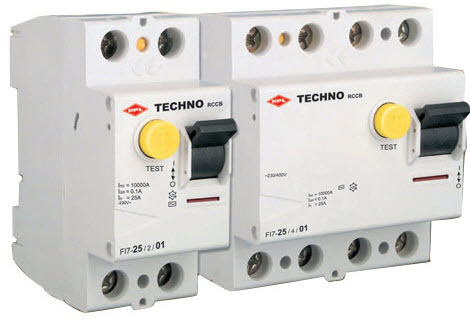Difference Between Elcb And Mcb Pdf
• • • Electrical wiring in the United Kingdom is commonly understood to be an electrical installation for operation by end users within domestic, commercial, industrial, and other buildings, and also in special installations and locations, such as marinas or caravan parks. It does not normally cover the transmission of electrical power to them. Installations are distinguished by a number of criteria, such as (,, ), (single or 3 phase), nature of electrical signal (power, data), type and design of (conductors and insulators used, cable design, solid/fixed or stranded/flexible, intended use, protective materials), circuit design (, ), and so on. Electrical wiring is ultimately regulated to ensure safety of operation, by such as the, currently legislated as the Building Regulations 2010, which lists 'controlled services' such as electric wiring that must follow specific directions and standards, and the Electricity at Work Regulations 1989. The detailed rules for end-use wiring followed for practical purposes are those of Requirements for Electrical Installations.

Jannat 1 Mashup Song. 2.1 Current state of MCCB and ELCB. 2 shows the differences between the new series and the current MCCB and ELCB generally used in the. Japanese market. From the experience gained in develop- ment of the ELCB as a circuit breaker with an earth leakage interrupting function added to the MCCB, the ELCB was. Mar 20, 2011. Difference between ELCB and RCCB. ELCB is the old name and often refers to voltage operated devices that are no longer available and it is advised you replace them if you find one. RCCB or RCD is the new name that specifies current operated (hence the new name to distinguish from voltage operated).
( Wiring Regulations), currently in its 17th edition Amendment 3, which provide the detailed descriptions referred to by legislation. UK electrical wiring standards are largely with the regulations in other European countries and the international IEC 60446 standard. However, there are a number of specific national practices, habits and traditions that differ significantly from other countries, and which in some cases survived harmonisation. These include the use of for domestic and light commercial fixed wiring,, and for circuits installed prior to harmonisation, historically unique wiring colours. Contents • • • • • • • • • • • • • • • • • • • • • • • • • • • • • • • • • • • • • • • Common terminology [ ] Regulatory [ ] BS 7671 'Requirements for Electrical Installations. IET Wiring Regulations' ( the regs, or wiring regs) these are detailed rules for the design, installation and sign-off for end-user electrical installations, which are mandated as the default standard. Building regulations - 'Part P' Section of the Building Regulations addressing electrical wiring and safety in residential situations and outbuildings.
Local authority building control (LABC; building control) Local council department responsible for overseeing and administering building regulations. Competent person (and competent person scheme) Persons qualified and authorised to install and maintain electrical works, and organizations authorised to supervise, accredit, and control the registration of installers. Electrical installation condition report (EICR, ICR); previously the periodic inspection report (PIR) Formal report/certification of the condition of a wiring installation. Permit to work Formal confirmation that electrical wiring is disconnected and fully made safe, prior to working on it, required prior to any high voltage works and other high risk activities.